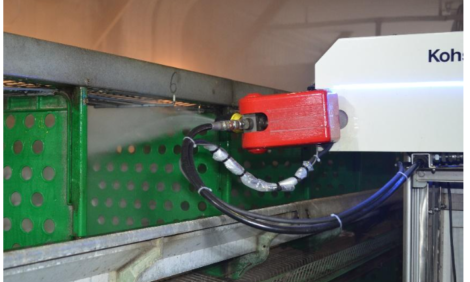



Antibiotic-free Poultry Production: Is It Sustainable?
According to the author of this review, companies considering raising poultry without antibiotics need to be aware that there may be adverse effects on bird health, production efficiency and cost.There is growing acknowledgement that use of antibiotics in people is the primary driver of antibiotic-resistant infections in humans, however, antibiotic-free production of poultry has become increasingly popular, reports Dr Hector Cervantes of Phibro Animal Health Corporation in the US.
In an article in Journal of Applied Poultry Research, he writes that consumer perception is that antibiotic-free produced poultry is superior to conventionally raised poultry in spite of a lack of supporting scientific data.
A widely accepted definition of antibiotic-free poultry in the United States is that there is 'no use of antibiotics (including ionophore anticoccidials) at the farm'. That means that coccidiosis and necrotic enteritis prevention must rely on synthetic or 'chemical' anticoccidials, or on live coccidiosis vaccines, or on rotations between drugs and vaccines.
The problem with this approach is that chemical anticoccidials (with the exception of nicarbazin) build coccidial resistance much quicker than ionophores and must be rested for a prolonged period of time.
Furthermore, according to Dr Cervantes, there are limited numbers of anticoccidials of this class on the market. Moreover, unlike the ionophores, the chemicals do not have an antibiotic effect that aids in the prevention of necrotic enteritis and typically, nicarbazin is only used during the cool months.
Additionally, live coccidiosis vaccines induce immunity by invading, replicating, and cycling through the intestines. The coccidial infection, therefore, damages the intestinal epithelium and predisposes the birds to necrotic enteritis.
These intestinal health problems lead to bird welfare issues that must be addressed in the antibiotic-free production system.
Likewise, it is generally acknowledged that production efficiency (weight gain, feed conversion ratio, mortality and yield) is adversely impacted in the antibiotic-free production system. Thus, antibiotic-free production results in a greater carbon footprint and is less efficient.
Dr Cervantes concludes that companies considering raising antibiotic-free poultry must be aware of the expected adverse effects on bird health, production efficiency and cost.
Reference
Cervantes H.M. 2015. Antibiotic-free poultry production: Is it sustainable? J. Appl. Poult. Res. 24: 91-97. doi: 10.3382/japr/pfv006
April 2015









